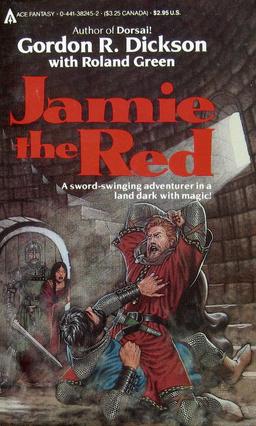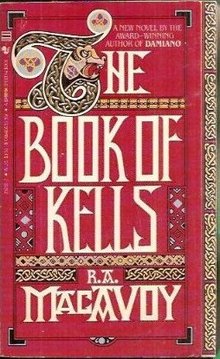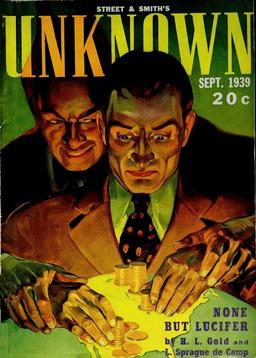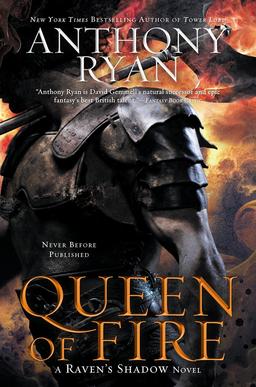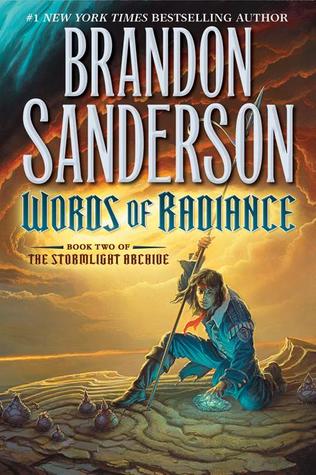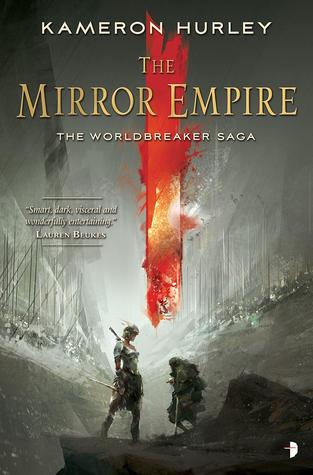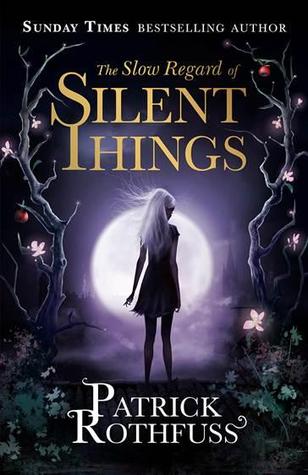New Treasures: Probably Monsters by Ray Cluley
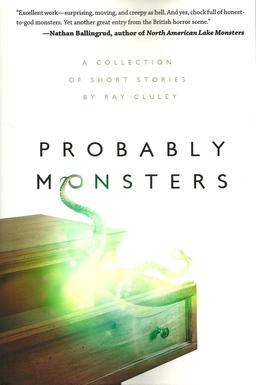 Toronto press Chizine Publications is one of the hottest publishers in the business. I was so impressed with their recent output that, after returning from the World Fantasy Convention in November of last year, I sat down to compose a survey of their catalog.
Toronto press Chizine Publications is one of the hottest publishers in the business. I was so impressed with their recent output that, after returning from the World Fantasy Convention in November of last year, I sat down to compose a survey of their catalog.
But it wasn’t just their 2014 releases that grabbed me. I was also highly intrigued by Probably Monsters, the debut collection from British Fantasy Award-winning author Ray Cluley, author of Water for Drowning (August 22, 2014). It was released in April, and I finally had a chance to get my hands on a copy yesterday, at the Nebula Awards weekend here in Chicago. I love a good monster story, and these look very promising indeed.
From British Fantasy Award-winning author Ray Cluley comes Probably Monsters — a collection of dark, weird, literary horror stories. Sometimes the monsters are bloodsucking fiends with fleshy wings. Sometimes they’re shambling dead things that won’t rest, or simply creatures red in tooth and claw. But often they’re worse than any of these. They’re the things that make us howl in the darkness, hoping no one hears. These are the monsters we make ourselves, and they can find us anywhere…
Probably Monsters was published by ChiZine Publications on April 14, 2015. It is 352 pages, priced at $16.99 in trade paperback, and $7.99 for the digital version. The cover art is by Erik Mohr, with design by Samantha Beiko.
See all of our recent New Treasures articles here.

